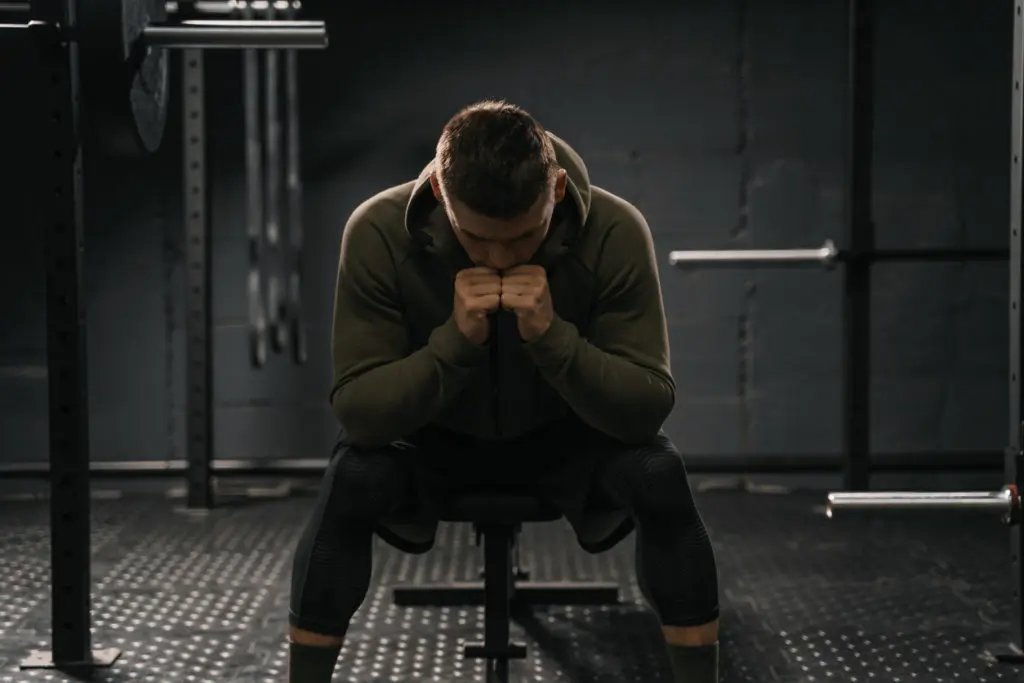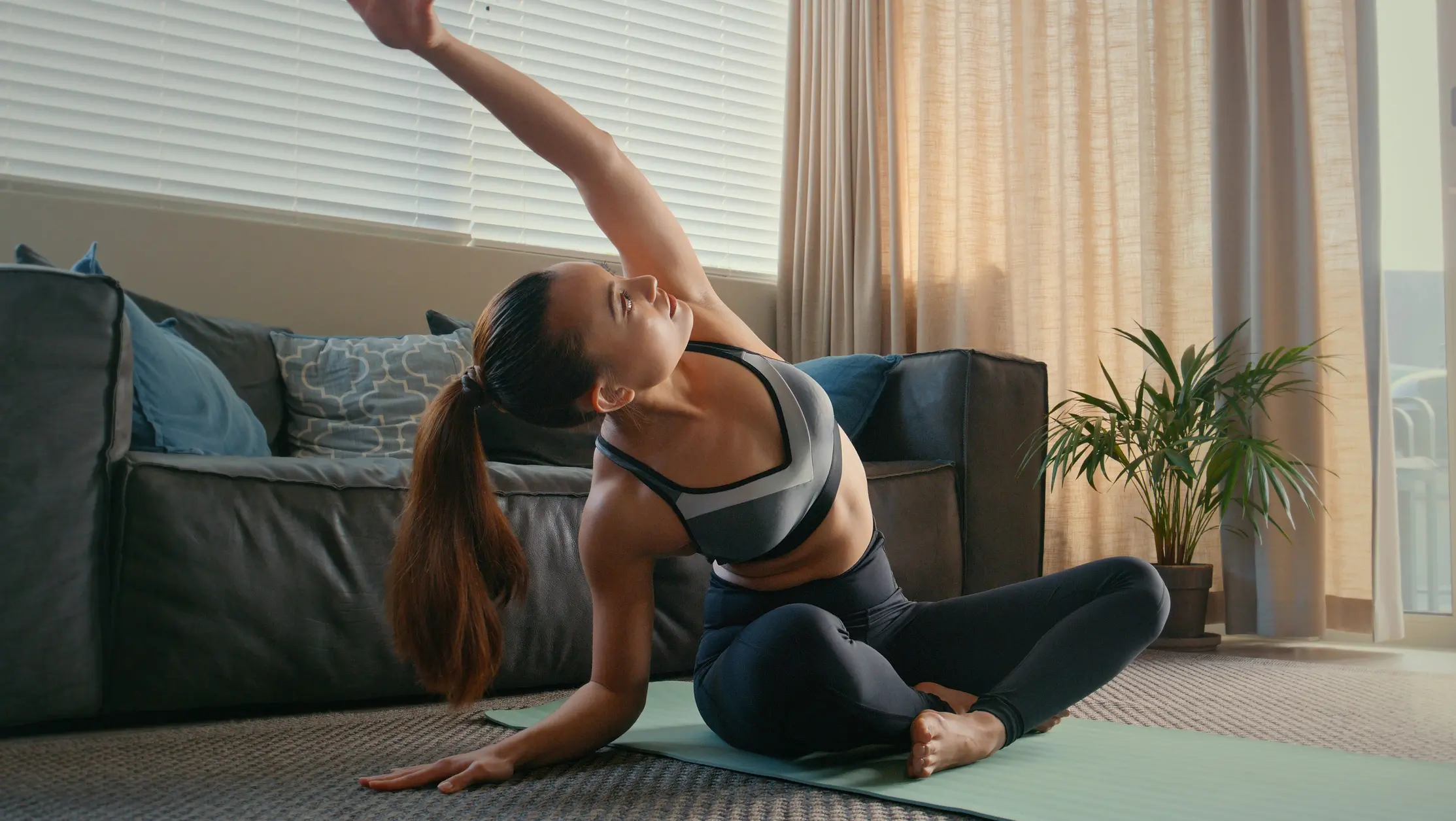Rest days are often the most underappreciated—and most neglected—part of any workout routine. We lace up our shoes, hit the gym five or six days a week, and chase that endorphin high like it’s the only measure of progress. But here’s the truth: ignoring rest days can stall your gains, burn you out mentally, and even lead to injury. If you’ve ever felt inexplicably sore, unmotivated, or sidelined by a preventable injury, it might be time to rethink your all-action, no-pause mentality. Below are three compelling reasons you shouldn’t ignore those rest days—and why honoring recovery is just as important as pushing yourself in the gym.
1. Your Muscles Build—and Strengthen—When You Rest
The Physiology of Muscle Repair
When you lift weights or push your body through a strenuous cardio session, you’re actually creating microscopic tears in your muscle fibers. It sounds brutal, but this process is the spark that triggers your body’s repair machinery. During rest—and especially during sleep—your body floods those tiny tears with proteins and amino acids, knitting the fibers back together. The result? Bigger, stronger muscles than before.
Without adequate recovery, muscle fibers remain in that “tearing” phase, unable to heal properly. Over time, this can lead to stalled gains, as your body never quite gets the chance to rebuild tissue stronger than it was yesterday.
Real-Life Example: The Plateau
I once worked with a training partner, Sara, who was obsessed with “gains.” She trained six days straight without fail. For a few weeks, she made solid progress. But then, she hit a plateau—her bench press stalled, her legs felt like lead, and her enthusiasm tanked. It turned out, her body was running on fumes, unable to repair and adapt. When she finally allowed herself two rest days each week, not only did her lifts start moving again, but she also had more energy in the gym.
Takeaway: Think of rest days as an essential part of the workout, not an optional add-on. Without them, you’re spinning your wheels.
2. Rest Days Protect Your Mental Health and Motivation
Avoiding Burnout
Physical exertion isn’t just taxing on your body; it’s a stress on your mind, too. Training daily, especially at high intensities, elevates cortisol (the stress hormone) and can deplete neurotransmitters like serotonin and dopamine, which help regulate mood. Over time, this hormonal imbalance can lead to fatigue, irritability, and what many of us call “gym burnout.”
The Pleasure of Breaks
There’s something psychologically refreshing about a planned break. Whether it’s a light yoga session, a leisurely walk in the park, or simply sleeping in without an alarm, rest days inject novelty and relaxation into your week. They remind you that fitness isn’t punishment; it’s a lifestyle that includes balance, ease, and enjoyment.
Personal Reflection: Rekindling Passion
A few years ago, I hit a rough patch in my own fitness journey. I was training hard, pushing through soreness, and ignoring any whispers from my body that it needed a break. Eventually, I started dreading my workouts. What used to feel empowering became a chore. A friend suggested I take a full week off—no guilt, no exercises. At first, I panicked: “What if I lose all my strength?” But after that week, I returned to the gym feeling refreshed, curious, and ready to train again. My motivation soared, and I realized that rest days aren’t a sign of weakness; they’re a strategy for longevity.
Takeaway: If you find yourself dragging your feet to the gym or short on mental energy, it might not be your workout plan that’s at fault—it could be the lack of downtime.
3. Preventing Injury and Promoting Longevity
The Hidden Costs of Overtraining
When you work out without giving your body time to heal, you increase your risk of overuse injuries: tendonitis in your elbows, stress fractures in your feet, or lower back pain from repetitive lifting. These injuries sneak up slowly—a twinge here, a niggle there—until suddenly you’re forced to take off weeks from training to recover.
Active Recovery vs. Complete Rest
Rest days don’t have to mean total inactivity. Active recovery—light activities like walking, swimming, foam-rolling, or gentle stretching—boosts blood flow to fatigued muscles, helping to clear metabolic waste and speed up the healing process. It’s a way of keeping the body moving without subjecting it to the intensity of a full session.
Case Study: Marathon Training Gone Wrong
Consider the example of Tom, an amateur marathoner who decided six weeks before race day that more mileage meant a faster time. He doubled his weekly distance without adding rest days. At week four, he felt a sharp pain in his shin—classic stress fracture territory. He was forced to stop running entirely for a month, effectively ending his training plan. Had he incorporated rest and active recovery into his schedule, he likely could have maintained consistent mileage without injury.
Takeaway: Injury isn’t just painful; it’s time-consuming and demoralizing. By respecting rest days—and by integrating active recovery strategies—you safeguard your body, ensuring you can train consistently over years, not just weeks.
Putting Rest Days into Practice
How Often Should You Rest?
There’s no one-size-fits-all answer. Factors like training intensity, experience level, age, sleep quality, and stress outside the gym all play a role in how much rest you need. However, a general guideline is:
- Beginners: 2–3 full rest days per week.
- Intermediate lifters: 1–2 full rest days, plus occasional active recovery sessions.
- Advanced athletes: 1 full rest day per week, with strategic deload weeks every 4–6 weeks.
Signs You Need an Extra Rest Day
- Persistent muscle soreness that doesn’t improve after 48–72 hours.
- Unusual fatigue or lack of drive to train.
- Decrease in performance—difficulty completing weights or distances you could handle easily.
- Sleep disturbances or elevated resting heart rate.
- Irritability, mood swings, or mental fog.
Designing Your Rest Day
- Prioritize Sleep: Aim for 7–9 hours of quality sleep. If you’re short on time, a 20–30-minute nap can work wonders.
- Hydrate and Nourish: Eat a balanced mix of protein, healthy fats, and complex carbs to support muscle repair.
- Gentle Movement: Take a leisurely walk, practice restorative yoga, or do dynamic stretching.
- Self-Care: Foam-roll tight muscles, get a massage, or simply unwind with a good book or podcast.
Busting the “I’ll Lose All My Gains” Myth
A common fear is that skipping workouts will reverse progress. In reality, muscle loss doesn’t happen overnight—or even over a few rest days. Studies show that a week of inactivity might cause a minor drop in insulin sensitivity, but muscle mass and strength remain largely intact, and can bounce back quickly once training resumes.
Rest days can even enhance long-term progress by preventing the dips in performance and mood that often accompany overtraining. Plus, they can spark fresh motivation, so when you return to the gym, you train with higher quality and intent.
Conclusion: Embrace the Pause
Fitness isn’t a sprint; it’s a lifelong journey. Just as a marathon runner wouldn’t sprint every mile, a committed gym-goer shouldn’t sprint through every week without pause. Rest days are not an indulgence or an admission of weakness—they’re a cornerstone of sustainable progress. They allow your muscles to rebuild, your mind to recharge, and your body to stay healthy, injury-free, and motivated.
So next time you’re tempted to fit in one more workout, ask yourself: Am I truly rested? Or am I running on empty? Give yourself permission to rest. You’ll come back stronger, happier, and more focused. And when you crush that next workout, you’ll know exactly why honoring rest days was one of the best decisions you ever made.
Recent studies have highlighted the role of rest days in enhancing immune function, suggesting that adequate recovery time can help reduce the risk of illness, which is particularly important during flu season or when engaging in high-intensity training cycles.
Incorporating mindfulness practices such as meditation on rest days can further enhance recovery by reducing stress levels and promoting mental clarity, which can positively impact overall performance and well-being.
With the rise of wearable technology, tracking recovery metrics like heart rate variability (HRV) can provide personalized insights into when your body might need additional rest, helping to optimize your training schedule.















One Comment